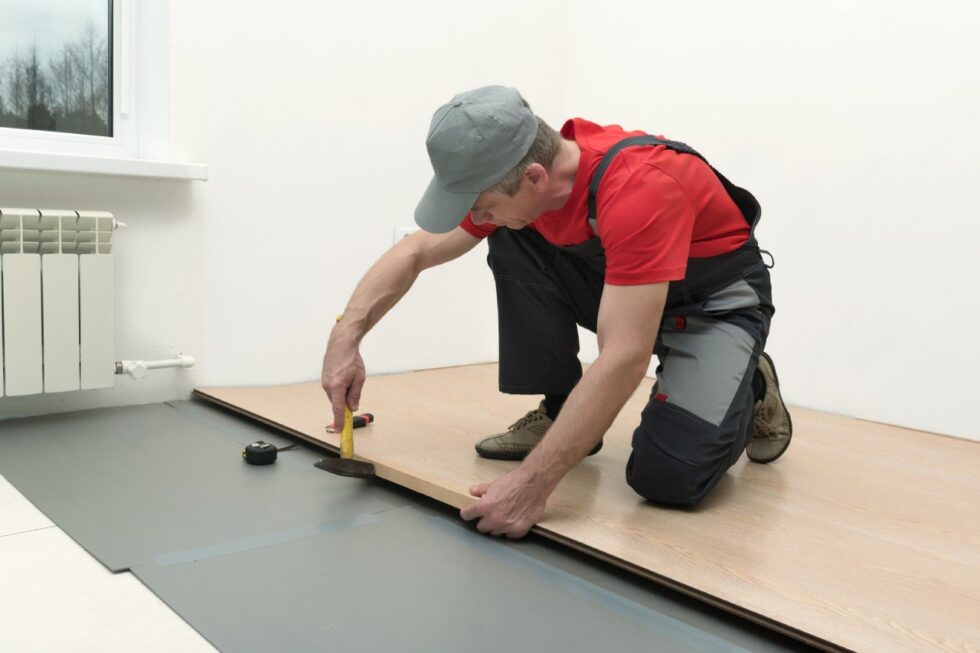


Gypsum Concrete is meant for interior use. Q: Will water damage Gypsum Concrete?Ī: Independent testing has shown that Gypsum Concrete which has been saturated with water and dried completely does not lose any of its compressive strength.

Q: Can tile be installed directly to Gypsum Concrete A: Yes, tile can be installed directly over Gypsum Concrete with thinset, mortar or mastic. Q: What floor coverings can be installed over Gypsum Concrete A: Gypsum Concrete accepts virtually any floor covering on the market today. Q: How much does a Gypsum Concrete weigh? A: Gypsum Concrete weighs 13-15 lb/sf at 1-1/2” thick. Of approx ¾”), therefore a 1-1/2” thick Gypsum Concrete topping is most typical. The industry standard for radiant heat tubing is 5/8” Pex tubing (O.D. Q: What is the typical thickness for radiant heat installations?Ī: As a rule of thumb, Gypsum Concrete should be installed at ¾” thick over the top of the radiant heat tubes. Refer to your local building guidelines and ask your building inspector about construction phasing. Depending on the municipality you are building in, you may be required to pour Gypsum Concrete before the drywall installation because the inspection and permit process can vary.
#Gypcrete Installation Process install
However, you can elect to install the Gypsum Concrete after drywall as well. Generally, the Gypsum Concrete is installed shortly after the radiant heat contractor finishes the tubing installation, which in most cases follows plumbing and electrical rough-in.
#Gypcrete Installation Process windows
Q: What phase of construction does the Gypsum Concrete get installed? A: Typically, the building should be dried in with windows and roof installed. What Makes Gypcrete A Popular Flooring Option? It's lightweight, affordable, easy to install and makes for a great overall look to any flooring surface.


 0 kommentar(er)
0 kommentar(er)
